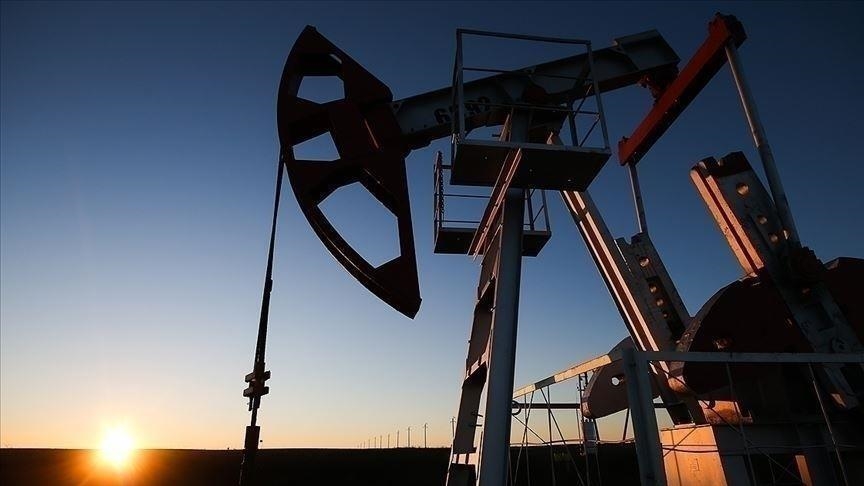

By Anadolu Agency
ANKARA
Oil prices fell on Wednesday amid discussion of a cease-fire in Gaza, uncertainty over the US Federal Reserve’s interest rate cut timing, and expectations that Hurricane Beryl will not damage oil infrastructure in the Gulf of Mexico.
International benchmark Brent crude traded at $84.36 per barrel at 11.20 a.m. local time (0820GMT), a fall of 0.35% from the closing price of $84.66 per barrel in the previous trading session.
American benchmark West Texas Intermediate (WTI) traded at $81.24 per barrel, a 0.20% fall from the previous session, which closed at $81.41 per barrel.
Cease-fire talks in the Middle East, home to the vast majority of global oil reserves, continue to put downward pressure on oil prices by relieving supply concerns among market players.
Egyptian Foreign Minister Badr Abdelatty and US Secretary of State Antony Blinken spoke on the phone about the opportunities for a cease-fire in the Gaza Strip, Cairo said on Tuesday.
The discussion coincided with ongoing negotiations in Cairo and Doha over a potential truce deal and prisoner exchange between Hamas and Israel.
According to an Egyptian Foreign Ministry statement, both top diplomats focused on “ongoing efforts to mediate a cease-fire and facilitate the exchange of prisoners and humanitarian aid access to the Gaza Strip.”
US inflation, the Fed, and interest rates
Ongoing uncertainty over when the Fed will lower interest rates continues to influence prices by raising demand concerns.
US Federal Chair Jerome Powell said Tuesday that the Fed has maintained the target range for the federal funds rate at 5.25% to 5.5% since last July, and reiterated that the Federal Open Market Committee does not expect it will be appropriate to reduce the target range for the federal funds rate until it has “gained greater confidence” that inflation is moving sustainably toward 2%.
“Incoming data for the first quarter of this year did not support such greater confidence. The most recent inflation readings, however, have shown some modest further progress, and more good data would strengthen our confidence that inflation is moving sustainably toward 2%,” he said.
The probability of the Fed’s first rate cut in September retreated to 77% and 79% for November. The possibility of the bank cutting interest rates for the second time in December is 96%.
High interest rates increase the value of the US dollar against other currencies and negatively impact oil demand by making it more expensive.
Meanwhile, Hurricane Beryl, which reached the US’ Texas coast as a category 1 storm, continues to impact oil prices.
Although the concern that some ports in the US might close down due to the hurricane fueled fears that the closure could temporarily halt energy exports, oil and gas companies in the region reportedly resumed operations on Tuesday.
These developments have lowered prices, supporting the thought that Beryl would not do permanent damage to oil infrastructure in the Gulf of Mexico.
However, the fall in US commercial crude oil reserves limited downward price movements by reflecting market perceptions of strengthening domestic demand.
Data released by the American Petroleum Institute (API) late Tuesday showed a decrease of 1.92 million barrels in US crude oil inventories, against a market prediction of a draw of 250,000 barrels.
Energy Information Administration statistics will be released later in the day, and if a decrease in crude and gasoline stockpiles is confirmed, prices are expected to climb further.
We use cookies on our website to give you a better experience, improve performance, and for analytics. For more information, please see our Cookie Policy By clicking “Accept” you agree to our use of cookies.
Read More